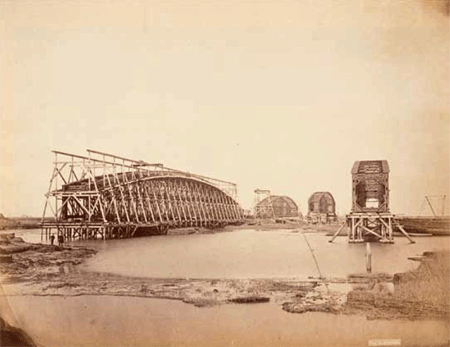The Low Countries. Jaargang 19
(2011)– [tijdschrift] The Low Countries–
[pagina 82]
| |
[pagina 83]
| |
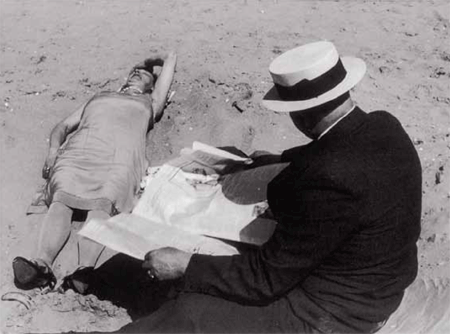
Untitled, ca. 1936.
Photo by Paul Guermonprez. Middle class couple on the beach at Scheveningen. The idyll of the interbellum? | |
[pagina 84]
| |
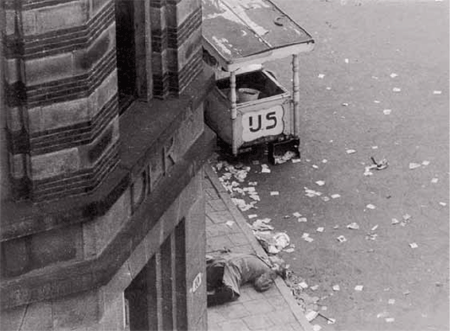
Bloody Monday, Amsterdam, 7 May 1945.
Photo by Wiel van der Randen. Two days after the capitulation of the German army in the Netherlands a crowd of celebrating people are getting ready to welcome their Canadian liberators on the Dam in Amsterdam. From a building on the corner of the Kalverstraat and the Dam German marines suddenly fire on the crowd. Nineteen people die and over a hundred are wounded. It is the bitter and absurd end of an occupation that was hard on the Netherlands. | |
[pagina 85]
| |
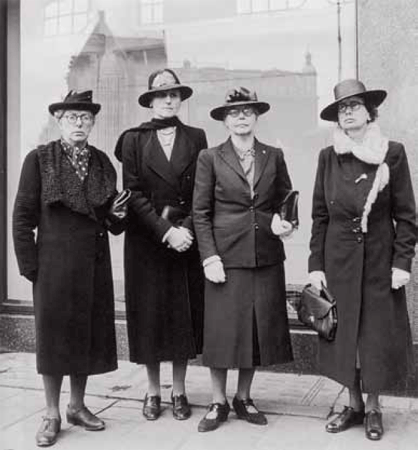
Commemoration of the dead on the Dam, 4 May 1946.
Photo by Ad Windig. THE image of the commemoration of the dead, the impressive two minutes silence that has recalled the memory of the victims of the Second World War each year since 1946. | |
[pagina 86]
| |
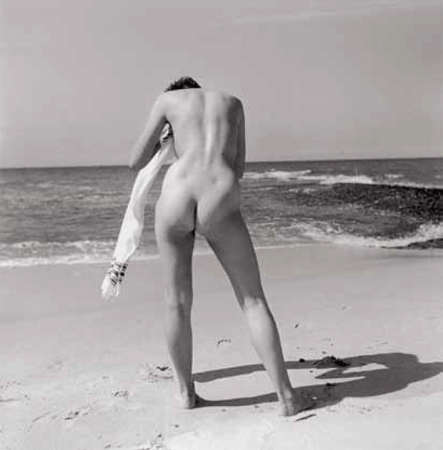
On the beach, ca. 1947.
Photo by Emmy Andriesse. Das Ewig Weibliche? Or the sturdy, athletic beauty of the Dutch woman? The picture exudes the self-confidence, the optimism and vitality of the years of reconstruction. | |
[pagina 87]
| |

Turkish family in the Eerste Atjehstraat, 1953.
Photo by Ben van Meerendonk. A smart foreign family parading in its Sunday best in a Dutch street. In the 50s peace still reigns. Integration happens quietly and without problems. Glowing, the newcomers join the Dutch utopia. But nothing is what it seems. In reality the man was a civil servant drafted to the Netherlands temporarily. | |
[pagina 88]
| |

Lijnbaansgracht, Amsterdam, 1963.
Photo by Frits Weeda. The years of prosperity bring with them demolition and construction. The city goes under the shovel. Consumerism starts to leave its mark. The boy standing on his head heralds the joyful madness that will break out a little later in the decade. | |
[pagina 89]
| |
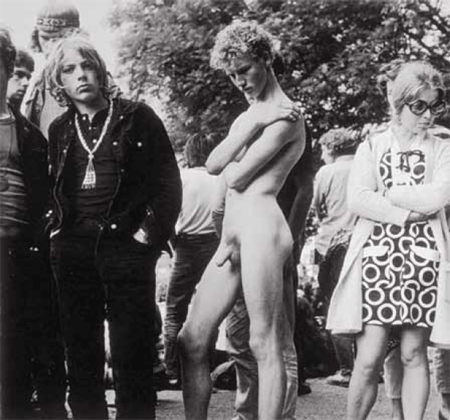
Rotterdam Kralingen, 1970.
Photo by John Berwald. In June 1970, on the grassy expanses of the Kralingse Bos in Rotterdam, the Holland Pop festival took place - Woodstock in the polder. This naked statue - Tadzio from Visconti's Death in Venice - is surrounded by good-natured and relaxed indifference. Everything's possible and everything goes. In the Randstad, anyway. | |
[pagina 90]
| |
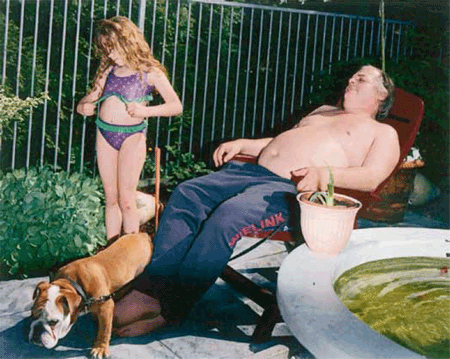
Bam Bam, Michelle and Henk, Tuindorp, Oostzaan, 1998.
Photo by Raimond Wouda. In the working-class district of Tuindorp in Amsterdam, one of the last ‘native’ areas in the city, life is carefree and contented. This, too, is the Netherlands. | |
[pagina 91]
| |

Julie, The Hague, the Netherlands, 29 February 1994 / Louis, The Hague, the Netherlands, 10 August 2010.
Photos by Rineke Dijkstra. A young Dutch woman has just given birth to a son. Sixteen years later, in 2010, the son, Louis, says: ‘I don't have to stay in the Netherlands. I think Barcelona's cool. It's livelier, livelier than Amsterdam. Sometimes I have to go to Zeeland. It's just dead there. The closest town is Middelburg. One street and you've seen it all. But the Netherlands is OK for working in. Everything's well organised.’ 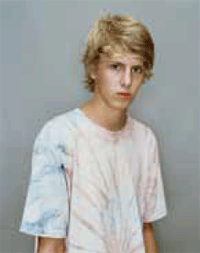 |
|


